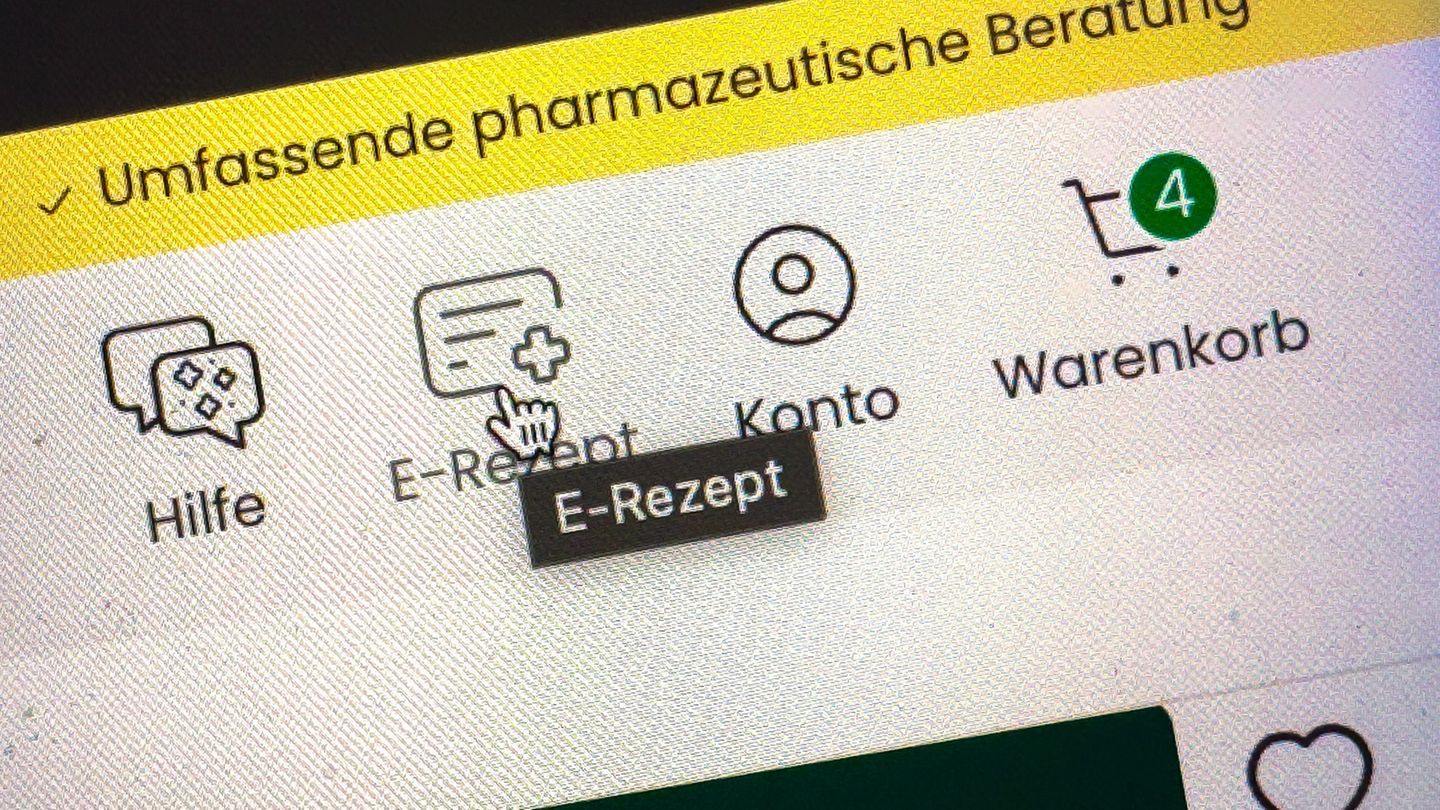However, independent observers assume that there are now more than the 15,000 Soviet soldiers killed during the occupation of Afghanistan between 1979 and 1989. Russia is noticeably tight-lipped about its own losses. On March 2, Moscow reported 498 Russian soldiers killed, on March 25 a total of 1,351. Since then, there has been silence.
The Ukrainian government puts the number of Russian soldiers killed at more than 27,000. Although Western experts estimate this to be somewhat exaggerated, they also assume that it is many times higher than what Russia admits.
The British Ministry of Defense said at the weekend, citing intelligence findings, that Russia had already lost a third of the troops deployed for the Ukraine war – that would mean the loss of around 50,000 soldiers through death or injury.
According to its own statements, the Russian-language website Mediazona was able to confirm the deaths of 2,009 Russian soldiers by May 6 solely through publicly available sources. According to this, the majority of those killed were between the ages of only 21 and 23 years, 74 of those killed were not even 20.
“The requirements for enlistment in the ground forces are relatively low”
A look at the geographical origin of the killed soldiers shows that the vast majority came from southern Russia, above all from the predominantly Muslim North Caucasus and from central Siberia. Only a handful of those killed were from Moscow or St. Petersburg. In the number of confirmed deaths, the Caucasus region of Dagestan leads with 135, followed by Buryatia in Siberia with 98.
“Most of the soldiers and officers in the ground forces come from the small towns and villages of Russia,” commentator Pavel Luzin of the Riddle Russia news website said. There are social reasons for this: “The requirements for enlistment in the ground forces are relatively low, and the best and most educated soldiers and future officers go to other branches of the army such as the air force, the navy or the strategic missile forces.”
In Dagestan, one of Russia’s poorest regions, local media and Telegram channels are full of images of grieving loved ones accepting condolences from state officials. For example, the head of administration of the Buinakski district, Kamil Isijew, published a video on Telegram in early May that shows him presenting medals to the widows of five killed soldiers.
“You have to live on as mothers of children whose fathers heroically gave their lives,” says Isijew in it. “Dear family, I ask you to remember that a person lives as long as they are remembered. So let’s remember these guys.”
First official dead soldier awarded Hero Medal
The very first Russian soldier whose death was officially confirmed by Moscow was young Nurmagomed Gadsimagomedov from Dagestan. He was posthumously awarded a Hero’s Medal by President Vladimir Putin on March 4. He was “proud to be part of this powerful, strong and multinational Russian people,” stressed Putin on the occasion.
The draconian censorship, according to which the war of aggression against Ukraine in Russia can only be described as a “special military operation”, means that there has been no outcry over the number of soldiers killed so far. But that doesn’t mean that there won’t be any protests in the Russian provinces and in the particularly affected regions, says commentator Lusin. “Only it will not be an open resistance, but a hidden one – they will start to evade conscription for military service.”
Source: Nachrichten




